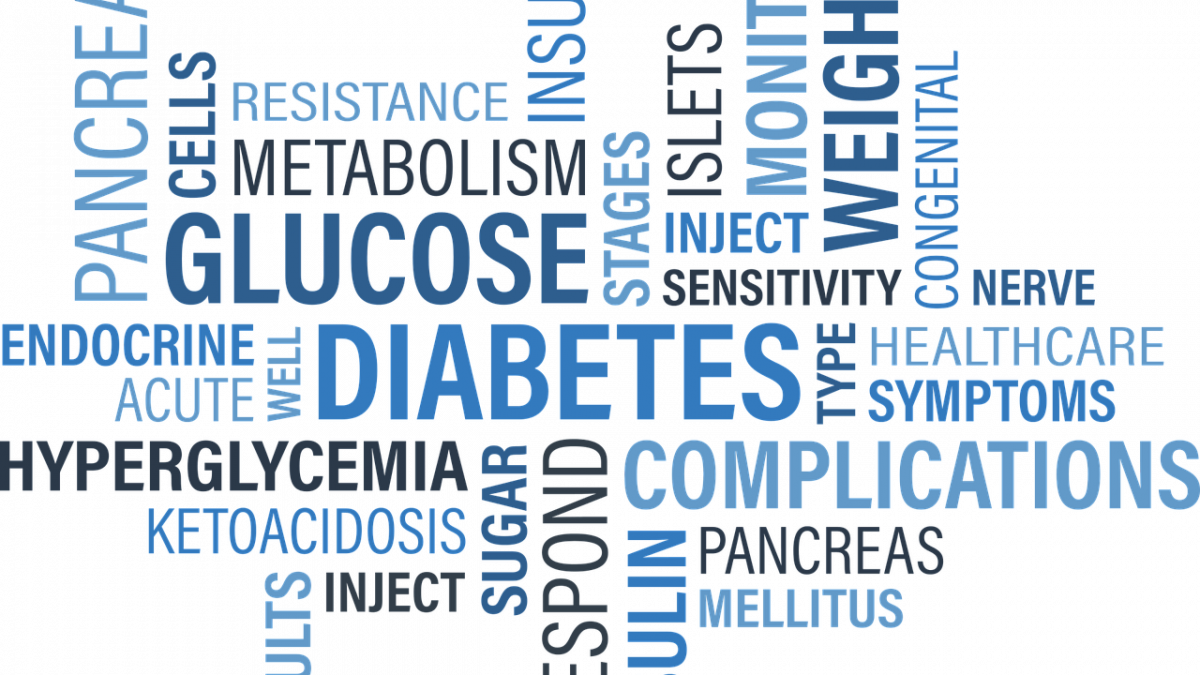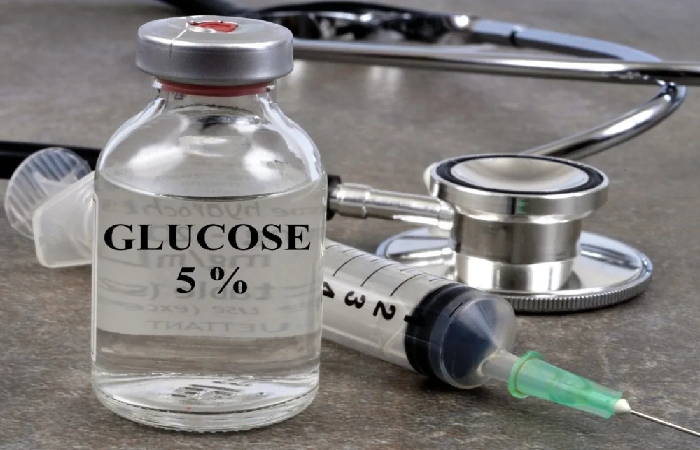Table of Contents
Glucose – Definition
Glucose by another name: blood sugar. When our glucose levels are optimal, it frequently goes ignored. But when they stray from recommended limits, you’ll notice the unhealthy effect on everyday functioning.
So, It’s the simplest carbohydrate, making it a monosaccharide.
You need food to create the vigour that helps keep you active. People get glucose from bread, fruits, vegetables, and dairy harvests. Lengthways with fat, glucose is one of the body’s favoured sources of fuel in the form of carbohydrates. P
While glucose is necessary, it’s best in moderation, like many things. Glucose heights that are unhealthy or out of control can have severe and permanent effects.
The Blood Glucose Levels
If you have diabetes, handling your blood glucose equal is essential for supervision your condition. That’s since high blood sugar levels can cause lasting problems.
When you have diabetes, your body cannot get the sugar from the blood into cells or make enough, or any, insulin. This causes elevated levels of blood sugar or high glucose levels.
When you eat foods that contain starches, the ingestion procedure turns them into sugars. These sugars are free into the blood and elated to the cells. The pancreas, a tiny organ in the abdomen, releases insulin to see the sugar in the cell.
Insulin acts as a “bridge,” agreeing on the sugar to go from the plasma obsessed by the cell. When the cell uses the sugar for liveliness, blood sugar heights go down.
If you have diabetes, there’s also a problem with the pancreas creating insulin, the cells using insulin, or both.
The Body Process Glucose
Our Body Processes Glucose Numerous Times a Day, Preferably.
The pancreas, which crops hormones including insulin, is an integral part of our body’s relationship with glucose. When we eat, our body tells the pancreas that it needs to release insulin to deal with the rising blood sugar level. When we eat, our body directly starts working to procedure glucose. Enzymes begin the breakdown process with help from the pancreas.
However, some people can’t rely on their pancreas to wall in and do the work it’s supposed to do.
One-way diabetes occurs when the pancreas doesn’t produce insulin the way it should. In this case, people need outside help to process and order glucose in the body. Another cause of diabetes is insulin resistance, anywhere the liver doesn’t know insulin that’s in the body and continues to make unsuitable amounts of glucose. The liver-coloured is an essential organ for sugar control, as it helps with glucose storage and makes glucose when necessary.
Ketones, waste crops created when the liver breaks down fat, can be toxic in large numbers. If the body doesn’t produce much insulin, it can release free fatty acids since fat provisions. This can lead to a complaint called ketoacidosis.
Test your Glucose
Testing glucose levels is particularly central for people with diabetes. Most people with the condition are secondhand to commerce with blood sugar payments as part of their everyday routine.
One of the most mutual ways to test glucose at home is a straightforward gore test. A digit prick, usually using a small needle called a lancet, products a drop put onto a test strip. The strip is put into a pattern, which events blood sugar levels. It can typically give you a reading in under 20 instants.
The Normal Stages for Glucose
Maintaining glucose levels near the normal range is essential for your body to run effectively and healthily.
People who have diabetes have to pay special attention to their glucose levels. Before eating, a healthy range is 90–130 milligrams per deciliter (mg/dL). After an hour or two, it should be less than 180 mg/dL.
There are a variety of reasons that blood sugar levels can shoot up. Some triggers include
A Heavy Meal
Stress
Other illness
Lack of physical activity
Missed diabetes medicate
Levels are Too High or Too Low
In situations where your glucose level is too high, insulin will help bring it down. For people with diabetes, too-high blood sugar is a sign that they need to administer synthetic insulin. In less complex situations, physical activity can help lower your levels.
A glucose level is considered too low when it dips under 70 mg/dL. This condition is also known as hypoglycemia, and it has the potential to be very serious. Hypoglycemia can occur when people with diabetes skip their medication.
It can also occur when people eat less than usual and exercise excessively. Eating a meal or drinking juice can help to increase glucose levels. People with diabetes also often take glucose pills, which can be purchased over-the-counter at a pharmacy.
Low blood sugar can result in a loss of consciousness. If this occurs, it’s essential to seek out medical care.
Check Blood Glucose Levels
Talk to your doctor or healthcare providers about the best times to check your blood glucose. Optimal times vary for each person.
Some options include
after fasting (after waking or not eating for eight to 12 hours), or before meals
before and after meals, to see the impact that the meal had on your blood sugar
before all meals, to decide how much insulin to inject
at bedtime
Bring a record of your blood sugar results to appointments with your doctor so you can review it and make changes to your treatment if necessary.
Levels Go Unregulated
There are long-term consequences for unregulated glucose levels. It can lead to a variety of conditions, including
Neuropathy
Heart Disease
Blindness
Skin Infections
Problems in the joints and extremities, especially the feet
Severe Dehydration
Coma
More severe complications include diabetic ketoacidosis and hyperglycaemic hyperosmolar syndrome, both conditions related to diabetes.
People worried that they might have diabetes should seek immediate help from a doctor.
Sucrose up of Glucose and Fructose
Glucose is a simple sugar or monosaccharide. It’s your body’s preferred carb-based energy source.
Monosaccharides are made up of one single sugar unit and thus cannot be broken down into simpler compounds.
They’re the building blocks of carbohydrates.
Most commonly bound to another simple sugar in foods to form either polysaccharide starches or disaccharides, such as sucrose and lactose.
It’s often added to processed foods in dextrose from cornstarch.
less sweet than fructose and sucrose
Fructose
Fructose, or “fruit sugar,” is a monosaccharide. From sugar cane, sugar beets and corn. High-fructose corn syrup is made from cornstarch and contains more fructose than compared to regular corn syrup.
Of the three sugars, fructose has the sweetest taste but the most negligible impact on your blood sugar
Conclusion
Glucose absorbs directly across the small intestine lining into your bloodstream, which delivers it to your cells.
It raises blood sugar more quickly than other sugars, which stimulates insulin release.
Insulin needs to enter your cells.
Once inside your cell is either uses immediately to create energy or turn into glycogen to store in your muscles or liver for future use.
Your body tightly controls your blood sugar levels. When they get too low, glycogen is broken down into and released into your blood for energy.
If is unavailable, your liver can make this type of sugar from other fuel sources


